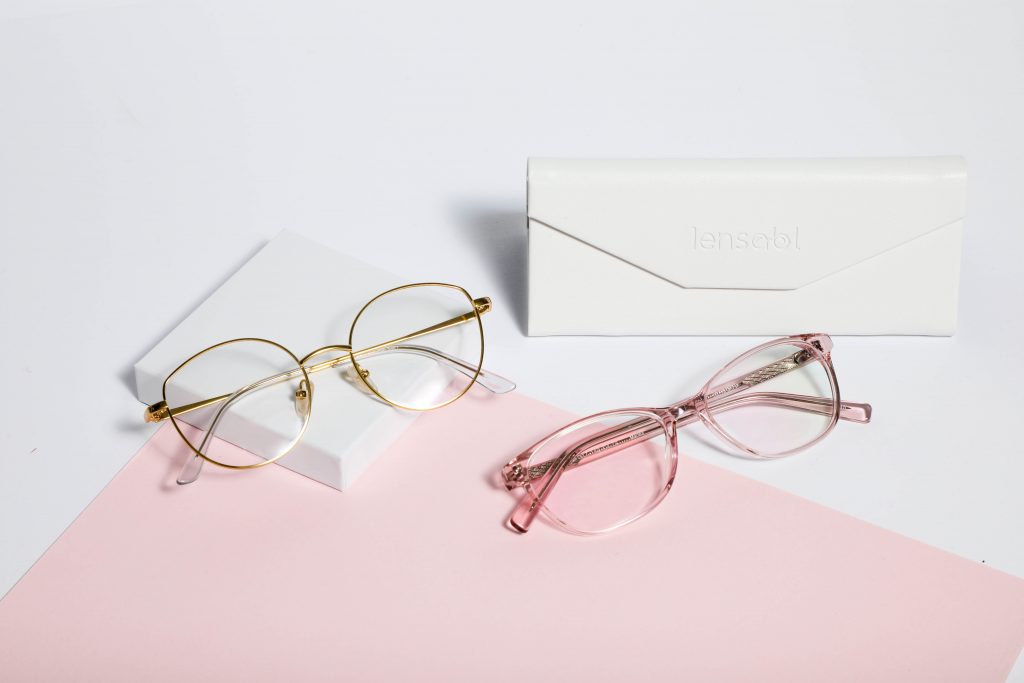Janet Adeyemo
We all need an eyewear, if not a variety of eyewear in our collection of fashion accessories or as a means to correct a sight deficiency.
We need these wearables to protect our eyes from dust, sunlight, sight corrections, harmful light, water etc.
These eye wears include; Eyeglasses, goggles, sunglasses or shades.
These eye wears are as important as the shoes you wear.
The Britannica Dictionary gives a distinction between these eyewears:
Glasses or eyeglasses are used to help a person see better. They are usually made of a metal or plastic frame and two lenses that improve vision.
Goggles are used to protect the eyes from dust, debris, water, or other things that can harm the eyes. Goggles usually have a rubber or plastic frame with a strap that fastens around the back of the head, and often plastic lenses, and they fit closely to the face creating a seal so nothing can get in the eyes. Some kinds of goggles are swimming goggles, safety goggles, and ski goggles.
Sunglasses are used to shade the eyes from sunlight and harmful UV rays. It can be worn as a fashion statement or as a prescribed lens. They are usually made of a plastic or metal frame and two lenses that are darkened to filter out light. Sunglasses can have prescription lenses like eyeglasses, but they can also have lenses that are not for correcting vision.
Shades is an informal word for sunglasses.
Generally, the are all referred to as glasses, to ease the stress of nomenclature.
TYPES OF LENSES AVAILABLE.
In understanding the type of eyewear that suits you, it important you know the available type of lens.
In former times, glasses were made of exclusively pure glasses. Well, the good news is that today, glasses are made of high-tech plastics, much lighter and don’t easily break. They can be filtered to shield our eyes from Ultraviolet (UV) light.
Our everyday life demands that we use glasses. Although, this need may be relegated by many, who feel that only persons who need sight corrections are subject to glasses.
According to WebMD, here are the types of lenses and coatings, you need to know. It will aid in your choice of glasses. They are lighter, thinner and more scratch resistant, get yourself one of these:
1) Photochromic. Sunlight changes these from clear to tinted. You may no longer need sunglasses, although they may not darken in your car if the windshield blocks UV rays. They can be either glass or plastic.
2) Polycarbonate. These impact-resistant lenses are a good choice if you play sports, work where your eyeglasses could easily get damaged, or have kids who are tough on their specs. They also have built-in UV protection.
3) High-index plastic. If you need a strong prescription, these lenses are lighter and thinner than the old-school super-thick ones you may have had in the past.
4) Polarized sunglasses. These lenses reduce glare from a surface like water, so they’re great for sports and driving. But they can make it hard to see the liquid crystal display on your car’s dashboard.
5) Aspheric. These have various degrees of curvature. That means they can be thinner and flatter so you can use a much larger portion of the surface.
6) Trivex. They’re made from a newer plastic that’s similar to polycarbonate lenses. They’re lightweight, thin, and impact-resistant. They may also correct vision better for some people.
Eyeglass Lens Coatings
There are almost as many coatings as there are lenses.
Anti-reflective. It can help with glare, reflections, halos around light, and make for a nicer look.
Scratch-resistant and ultraviolet protection. Most lenses today have these built in.
Tinted lenses. Sometimes, a light or dark hint of color on the lens can help you see better. A yellow tint may increase contrast. A gray tint to your sunglasses won’t change the colors of things. A light tint can hide signs of aging around your eyes.
Now, you know what suits you.
Protect your eyes, one of the gifts from birth.


2 Responses
Powerful information… Thank you ma’am
Very informative.